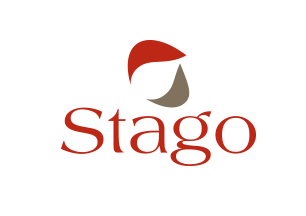Both the underlying disorder responsible for DIC and the DIC itself must be diagnosed.
The patient must have at least one disorder known to be associated with DIC (cf. Table I).
DIC may result in laboratory signs in the case of biological DIC or be associated with signs of bleeding or thrombosis in clinical DIC.
The diagnosis of DIC usually includes a score based on the clinical and laboratory findings. Several scores have been proposed by scientific societies, such as the International Society on Thrombosis and Haemostasis (ISTH) (cf. Table II).
| Diagnostic algorithm for DIC, proposed by the ISTH |
|---|
| 1. Assess the risk of DIC: Does the patient have a disorder known to be associated with DIC? • If yes: calculate the clinical score using this algorithm; • If no: do not use this algorithm |
| 2. Request global coagulation tests: platelet count, prothrombin time, fibrinogen, and fibrin monomers (FM) or fibrin degradation products (FnDP). |
| 3. Score each result of the global coagulation tests: • Platelet count: > 100 G/L = 0; ≤ 100 G/L = 1; ≤ 50 G/L = 2 • Elevated fibrin-related marker (e.g. FM or FDP) no increase = 0; moderate increase = 2; strong increase = 3 • Prolonged prothrombin time: < 3 sec. = 0; ≥ 3 sec. but < 6 sec. = 1; ≥ 6 sec. = 2 • Fibrinogen level: > 1.0 g/L = 0; ≤ 1.0 g/L = 1 |
| 4. Add the scores together |
| 5. Analyse the final score: • If ≥ 5: compatible with overt DIC. In this case, repeat the tests and scoring daily • If < 5: suggestive (but not affirmative) for non-overt DIC. In this case, repeat the tests and scoring for the next 1 or 2 days. |
Table II: DIC score proposed by the ISTH
Taylor FB, Toh CH, Hoots WK, Wada H, Levi M. Thromb Haemost. 2001;86:1327-30
Laboratory diagnosis of DIC is based on tests that demonstrate activation of coagulation and consumption of clotting factors, coagulation inhibitors and platelets.
The first-line tests should ideally be simple, and readily and rapidly available.
Prothrombin and activated partial thromboplastin times are prolonged.
Levels of fibrinogen and clotting factors (particularly Factors II, V, VII and X) and platelet counts are reduced.
A parallel reduction is observed in the levels of physiological inhibitors: antithrombin, but also protein C and protein S.
Levels of fibrin-related markers are also elevated: markers of fibrin formation such as fibrin monomers and soluble fibrin complexes, markers of fibrinogenolysis (FgDP: fibrinogen degradation products), and markers of fibrinolysis (FnDP, D-dimers).
